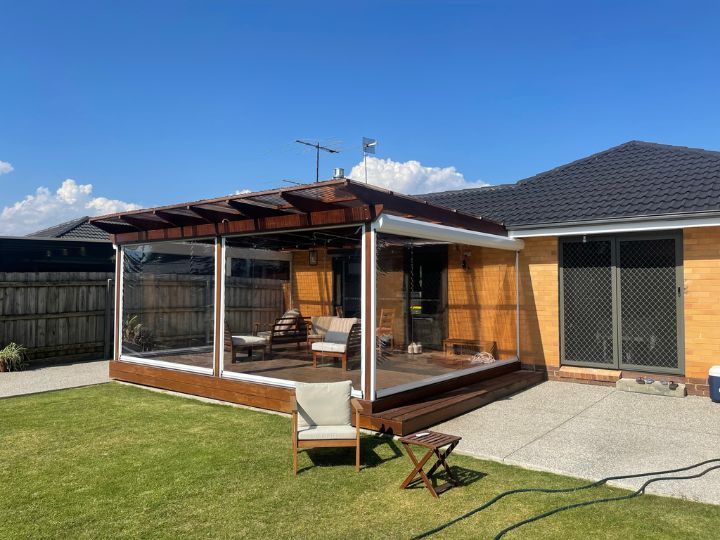To make informed decisions regarding installation and upkeep of a pergola you must have a thorough understanding of the variables that affect its wind resistance. The main factors are the material used, installation method, location, design of the pergola blinds, and the external environmental aspects of an area. A pergola is a structure that adds shade and visual appeal to any patio or garden while being a stunning outdoor feature. However, most homeowners wonder if a pergola can endure wind pressures. Yes, it has a robust and durable material and can withstand wind. However, it’s essential to know about the strength, durability, and other features of a pergola before investing in it.
6 Factors That Helps Pergole To Stand Against Winds
Here are some factors that make pergole blinds stay tight against winds.Material
Design
Base and Support
Location
Considering Wind Load
Regular Maintenance And Timely Repair



